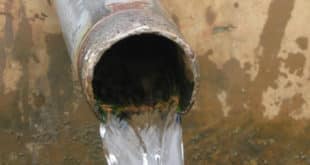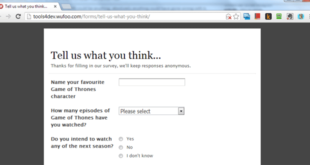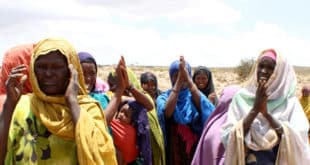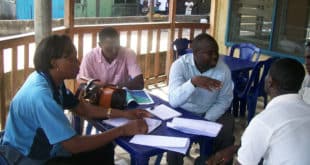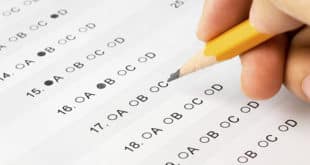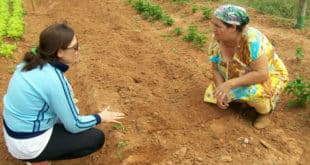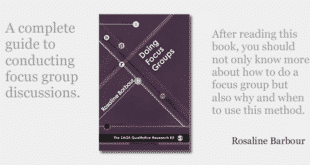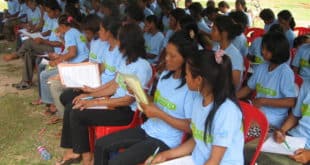Clean water is generally defined as water that is free from microbial, chemical and physical contamination. This includes contaminants that present a health risk (e.g. disease-causing bacteria, toxic metals) and those that have no health risk but can make the water unpleasant to drink (e.g. poor taste resulting from high …
Read More »Resources
Online-based survey software… 5 pointers to look out for
Surveys are a pretty common activity in international development programs. It is becoming increasingly easy to undertake online-based surveys (as opposed to paper-based), and there are definitely some benefits to be recognised. It used to be that undertaking online-based surveys was a major production, requiring co-opting a web nerd in …
Read More »The Parenting Map for monitoring orphans and vulnerable children
Working with orphans and vulnerable children can be extremely challenging in developing countries. There are usually only a small number of staff available to monitor the children’s well-being, and often those staff have limited training and experience. As a result, many programs deliver a standard set of interventions for every …
Read More »The Batteries Methodology for measuring quality of life
Improving people’s quality of life is the ultimate goal for many international development programs, even though it might not be stated as such. Having a high quality of life just means having a full and happy life. For example, programs to increase people’s income or health only do this so those …
Read More »How to pretest and pilot a survey questionnaire
It’s important to test your survey questionnaire before using it to collect data. Pretesting and piloting can help you identify questions that don’t make sense to participants, or problems with the questionnaire that might lead to biased answers. This guide explains how to conduct basic pretesting and piloting for a …
Read More »How to write awesome survey questions – Part 2
Once you’ve written some good survey questions following the tips in Part 1, the next step is to write good answers for people to choose from. This guide provides tips on how to create the three most common types of survey answers – numerical, multiple choice and scales – in …
Read More »How to write awesome survey questions – Part 1
Most international development programs involve one or more surveys – whether it’s baseline surveys, endline surveys, needs assessment surveys, or feedback forms from participants. This guide explains how to write clear, concise survey questions that will collect accurate data. The inspiration for many of these tips comes from The Survey Research Handbook by Pamela Alreck and Robert Settle. …
Read More »Using the ‘Most Significant Change’ (MSC) Technique to measure the intangible
In development, it is essential to measure if programs are having the desired impact. However, intangible goals such as ’empowerment’, ‘leadership skills’ and ‘confidence’ are difficult to measure with normal quantitative monitoring tools. This is particularly true in social change programs where improvements in attitudes, behaviour and beliefs take place …
Read More »Doing Focus Groups – Book Review
I was recently involved in a frustrating debate with a World Bank development economist where qualitative research was dismissed as ‘not reliable and anecdotal’. Thankfully, this view now appears to be in the minority, as international NGOs and UN agencies are increasingly recognising and utilising qualitative research methods such as …
Read More »Monitoring and evaluation (M&E) framework template
Note: An M&E framework can also be called an evaluation matrix. Please note this article is a short introduction. For a more in-depth coverage consider enrolling in our 1 hour eLearning module. As with most things in international development, there is no standard definition of a Monitoring and Evaluation (M&E) …
Read More »
